Archives
- 2025-11
- 2025-10
- 2025-09
- 2025-04
- 2025-03
- 2025-02
- 2025-01
- 2024-12
- 2024-11
- 2024-10
- 2024-09
- 2024-08
- 2024-07
- 2024-06
- 2024-05
- 2024-04
- 2024-03
- 2024-02
- 2024-01
- 2023-12
- 2023-11
- 2023-10
- 2023-09
- 2023-08
- 2023-07
- 2023-06
- 2023-05
- 2023-04
- 2023-03
- 2023-02
- 2023-01
- 2022-12
- 2022-11
- 2022-10
- 2022-09
- 2022-08
- 2022-07
- 2022-06
- 2022-05
- 2022-04
- 2022-03
- 2022-02
- 2022-01
- 2021-12
- 2021-11
- 2021-10
- 2021-09
- 2021-08
- 2021-07
- 2021-06
- 2021-05
- 2021-04
- 2021-03
- 2021-02
- 2021-01
- 2020-12
- 2020-11
- 2020-10
- 2020-09
- 2020-08
- 2020-07
- 2020-06
- 2020-05
- 2020-04
- 2020-03
- 2020-02
- 2020-01
- 2019-12
- 2019-11
- 2019-10
- 2019-09
- 2019-08
- 2019-07
- 2019-06
- 2019-05
- 2019-04
- 2018-11
- 2018-10
- 2018-07
-
Protease Inhibitor Library Introduction galactosidase d gala
2022-01-15
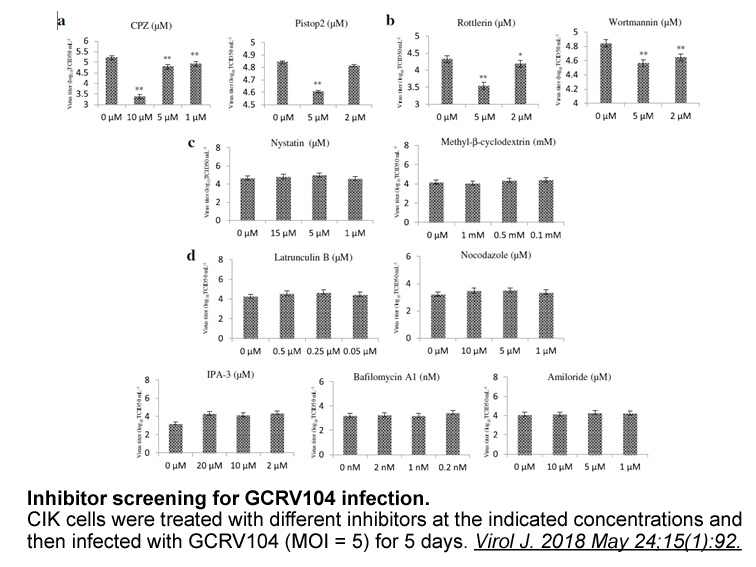
Introduction β-galactosidase (β-d-galactoside galactohydrolase or lactase; EC 3.2.1.23) is an important type of glycoside hydrolase that can catalyze the conversion of lactose to Protease Inhibitor Library and galactose. Furthermore, it can also catalyze transglycosylation reactions, which are usu
-
Compound and several additional FPR antagonists identified h
2022-01-14

Compound 10 and several additional FPR1 antagonists identified here specifically blocked fMLF-induced responses mediated via FPR1 in FPR1-HL60 bosentan australia and human neutrophils, but not responses mediated via FPR2 or FPR3 (in human neutrophils and transfected HL60 cells) or Fpr1 (murine neut
-
We identified three genes KEAP NAA and ABCC MRP
2022-01-14

We identified three genes—KEAP1, NAA38, and ABCC1/MRP1—as negative regulators of glutathione abundance in human cells. Like KEAP1, NAA38 appears to regulate NRF2 stability, as NAA38 deletion increased NRF2 protein levels and the expression of NRF2 target genes. NAA38 is a component of the NatC N-ter
-
The H autoreceptors distributed mainly in
2022-01-14
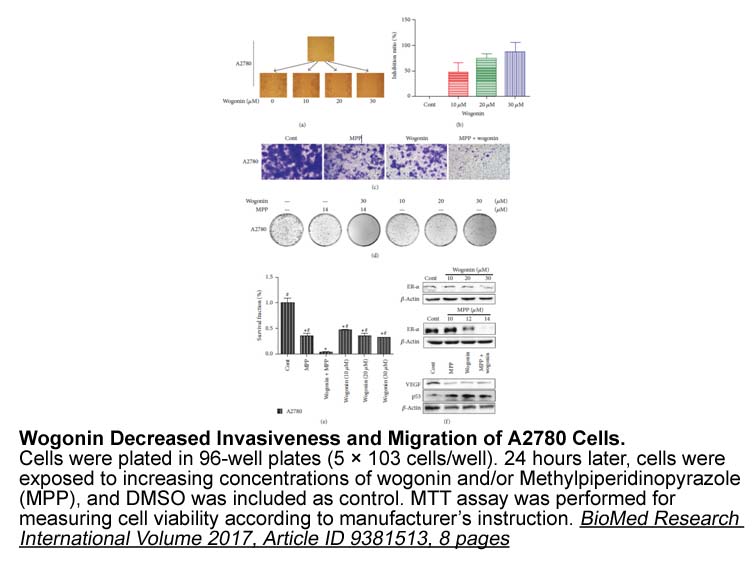
The H3 autoreceptors distributed mainly in the CNS act as a negative feedback on histamine synthesis and release from histaminergic neurons. Histamine is involved in many physiological functions such as sleep-wake regulation, circadian and feeding rhythm, thermal regulation, locomotion, learning, co
-
Lastly haspin inhibitor was assessed against
2022-01-14
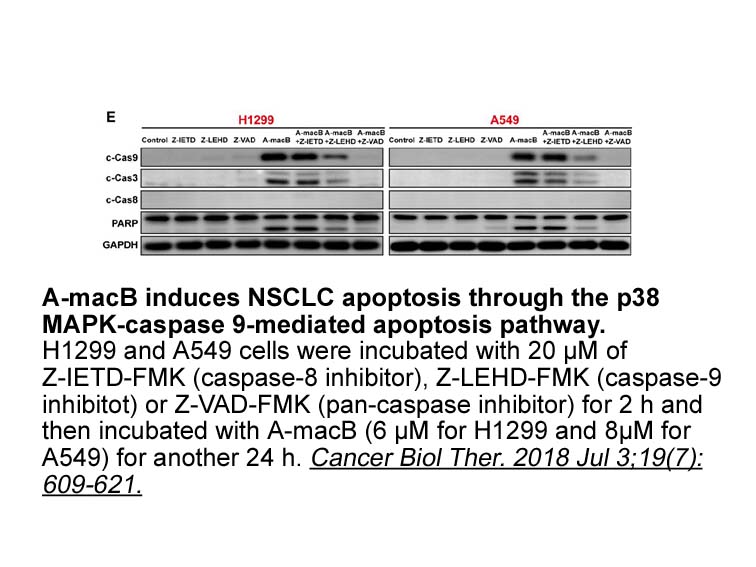
Lastly, haspin inhibitor was assessed against a panel of 292 kinases at 10μM. At this high concentration, the Caffeine inhibited thirteen kinases, in addition to haspin, ⩾90%., These kinases were CaMK2b, CaMK2d, CDK7-CycH-Mat1, cGK2, CK1d, CLK1, CLK2, DYRK1A, DYRK1B, DYRK3, PASK, PIM1 and PKD3. Inte
-
The initial beta carboline derivatives used in the in
2022-01-14

The initial beta-carboline derivatives used in the in silico docking experiments were prepared using the procedure outlined in . Harmol, , was -alkylated with -Boc-protected alkylamines in the presence of cesium carbonate to give and . The carbamate protecting group was removed under acidic conditi
-
The involvement of prostaglandins on the effects induced by
2022-01-14

The involvement of prostaglandins on the effects induced by 1-nitro-2-phenylethane is similarly unlikely because vasorelaxation was not changed by indomethacin [20]. The inhibition of adenylyl cyclase with MDL-12330A [21] or cAMP-dependent protein kinase A with KT-5720 [22] also did not interfere wi
-
br All platelet agonists acting through specific receptors
2022-01-14

All platelet agonists, acting through specific receptors and triggering different signaling pathways, activate phospholipases (PLCß or PLCγ) and the subsequent messengers inositol 1,4,5-trisphosphate (IP3) and 1,2 diacylglycerol which activate inositol 1,4,5-trisphosphate (IP3) receptors (IP3R) or
-
In the pathogenesis of insulin
2022-01-14
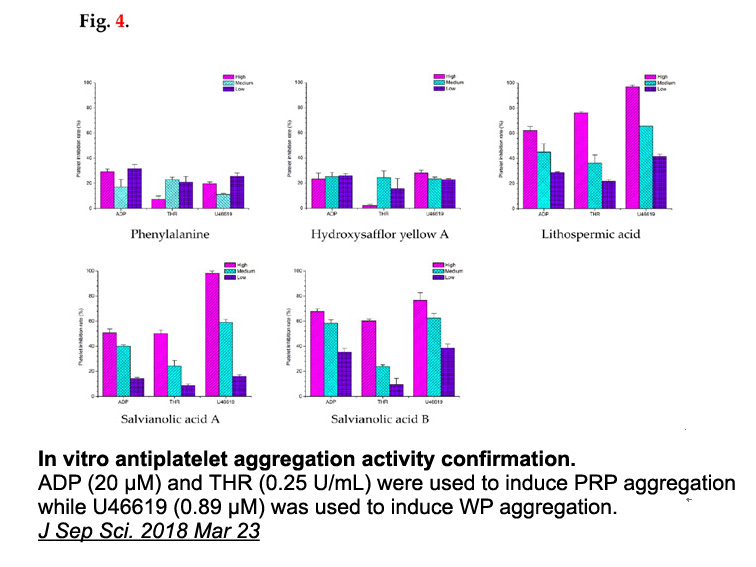
In the pathogenesis of insulin resistance, chronic activation of inflammatory pathways plays an important role, and the macrophage/adipocyte inter-communication provides a key mechanism underlying the common disease states of decreased insulin sensitivity [10]. This involves the migration of macroph
-
GPR belongs to the G
2022-01-14

GPR84 belongs to the G protein-coupled receptor family, and it was first identified from human peripheral blood neutrophils [,]. GPR84 is now considered to be a member of receptor for medium chain fatty p2x7 (MCFA) with carbon chain lengths of 9–14 []. GPR84 is mainly expressed in bone marrow, sple
-
Additionally molecular imaging has great potential for
2022-01-14
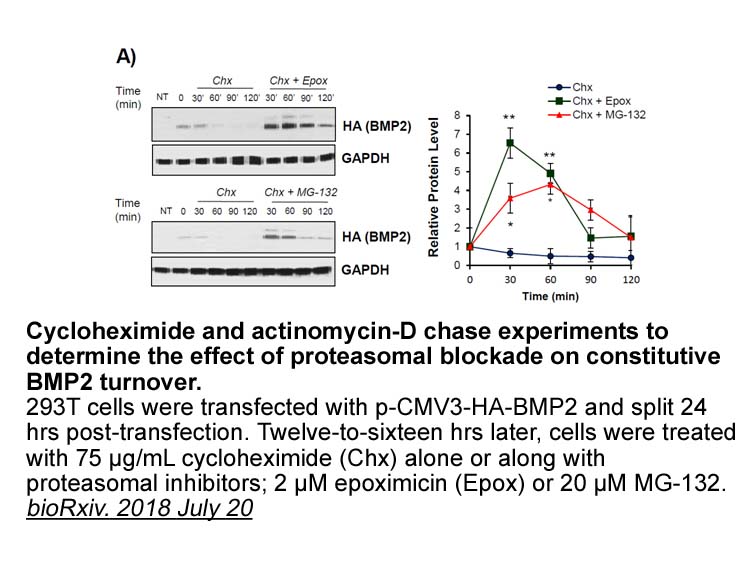
Additionally, molecular imaging has great potential for noninvasive and quantitative imaging of pancreatic β-cells, but each single imaging modality has its own intrinsic strengths and limitations. Functional imaging modalities have high sensitivity (such as SPECT and PET) and anatomical imaging tec
-
Compounds and were tested for pharmacodynamic effects
2022-01-14
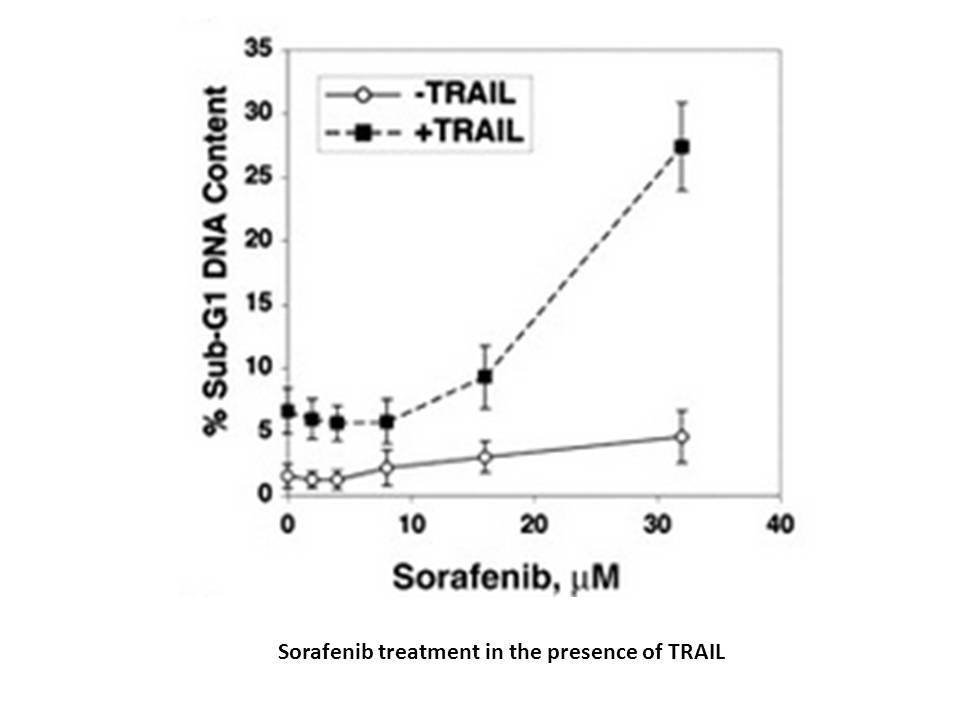
Compounds , and were tested for pharmacodynamic effects in a mouse oral glucose tolerance test (oGTT) in wild-type and GPR120 deficient mice, and each compound demonstrated GPR120 mechanism-based effects. Data for compound is shown in , indicating mechanism-based reduction in glucose excursion at bo
-
br Background In resource limited countries many HIV
2022-01-14

Background In resource-limited countries, many HIV patients currently do not have reliable access to essential diagnostic laboratory tests, including CD4, clinical chemistry, hematology, viral load, and diagnosis of common co-infections. CD4 T cell count monitoring remains an important surrogate
-
Experimental section br Results and discussion
2022-01-14

Experimental section Results and discussion Conclusion In summary, we have developed a fluoresence method to sensitively detect hAAG on the basis of TdT-activated Endo IV-assisted hyperbranched amplification. This method shows the following advantages: (1) the combination of TdT-mediated exte
-
GK allosteric activators validate the
2022-01-14
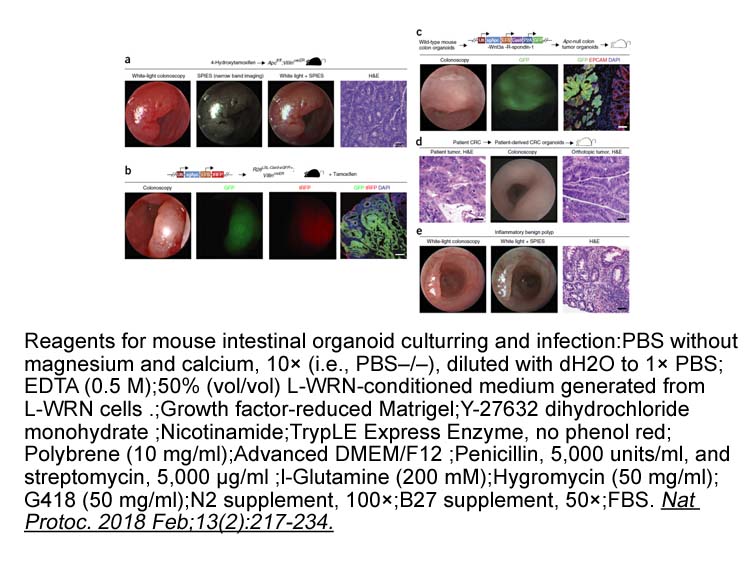
GK allosteric activators validate the importance of GK from a therapeutic perspective, but the nature of allosteric activation of GK remains unclear. The GK allosteric activator site, the pocket where GKAs bind, is ~20 Å remote from the active site (Fig. 1A). The allosteric site is the locus of many
16622 records 536/1109 page Previous Next First page 上5页 536537538539540 下5页 Last page